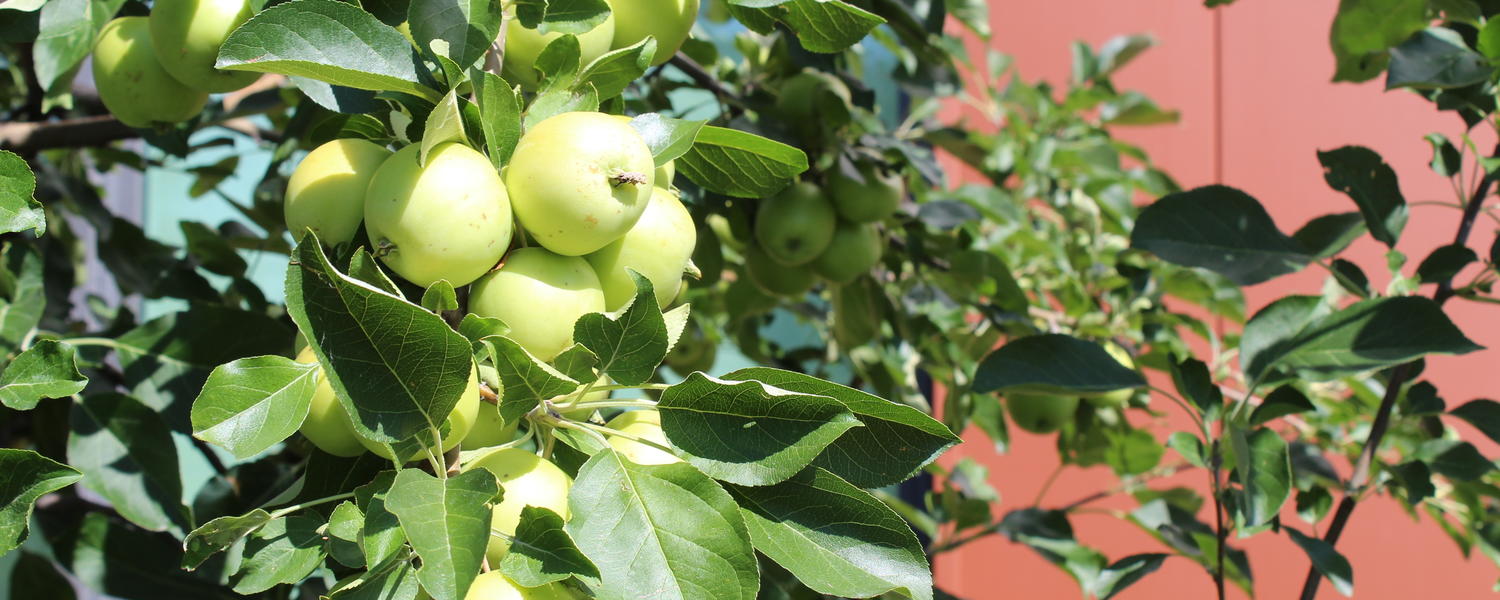
Edible Plants at UCalgary
Overview
As the global population continues to increase, the demand on the water-energy-food nexus will continue to grow. According to the United Nations (2015), this emphasizes the importance of maintaining agricultural production in order to build global resilience for food security. The University of Calgary’s Edible Gardens are aligned with the United Nations’ Sustainable Development Goals (SDG) by offering an opportunity to combat hunger (SDG 2), promote good health and well-being (SDG 3), build sustainable cities and communities (SDG 11), uphold climate action (SDG 13) and sustain life on land (SDG 15).
Connections to the Sustainable Development Goals
Goal 2: Zero Hunger
SDG 2 was established to focus on achieving food security by ending hunger through sustainable agriculture (United Nations, 2015). The Edible Plants community initiative seeks to eliminate food scarcity and malnutrition by providing free and nutritious fruit to those on campus.
Goal 3: Good Health and Well-Being
SDG 3 accentuates the importance of incorporating a wholesome lifestyle, which can contribute to the prevention of illnesses. The Edible Plants offer a variety of benefits, including increased access to healthy food that can boost your immune system. Furthermore, seasonal and organic food options are not tainted with toxic chemicals, such as pesticides, which are harmful to humans and the environment.
Goal 11: Sustainable Cities and Communities
SDG 11 is dedicated to making cities and human settlements more inclusive, safe, resilient and sustainable. There are many ways in which placing edible plants in cities can support the development of sustainable cities and communities. Providing a local food source aids in sustainable food consumption, and green spaces provide places for peaceful retreat. Moreover, the addition of plants in urban areas can decrease air pollution.
Goal 13: Climate Action
SDG 13 focuses on acting swiftly and effectively to tackle climate change and its impacts. There are many different strategies available, and increasing green space is just one of them. By putting trees and other plants in the middle of our urban areas, we are using extra space as a carbon sink, pulling carbon out of the atmosphere and into the biosphere. As well, locally grown food has a much lower carbon footprint than food that is transported from far away locations, decreasing carbon emissions.
Goal 15: Life on Land
Focusing on a wide range of topics, SDG 15 centers around maintaining and protecting terrestrial ecosystems, halting biodiversity loss, and other relevant issues. Edible gardens provide both valuable habitat and nourishment for organisms. Furthermore, the Edible Plants on campus have the potential to strengthen dwindling bee populations. These pollinators are essential to the ecosystem and play a key role in our food production. This initiative can contribute towards the survival of bees, which in turn promote a healthy environment and economy.
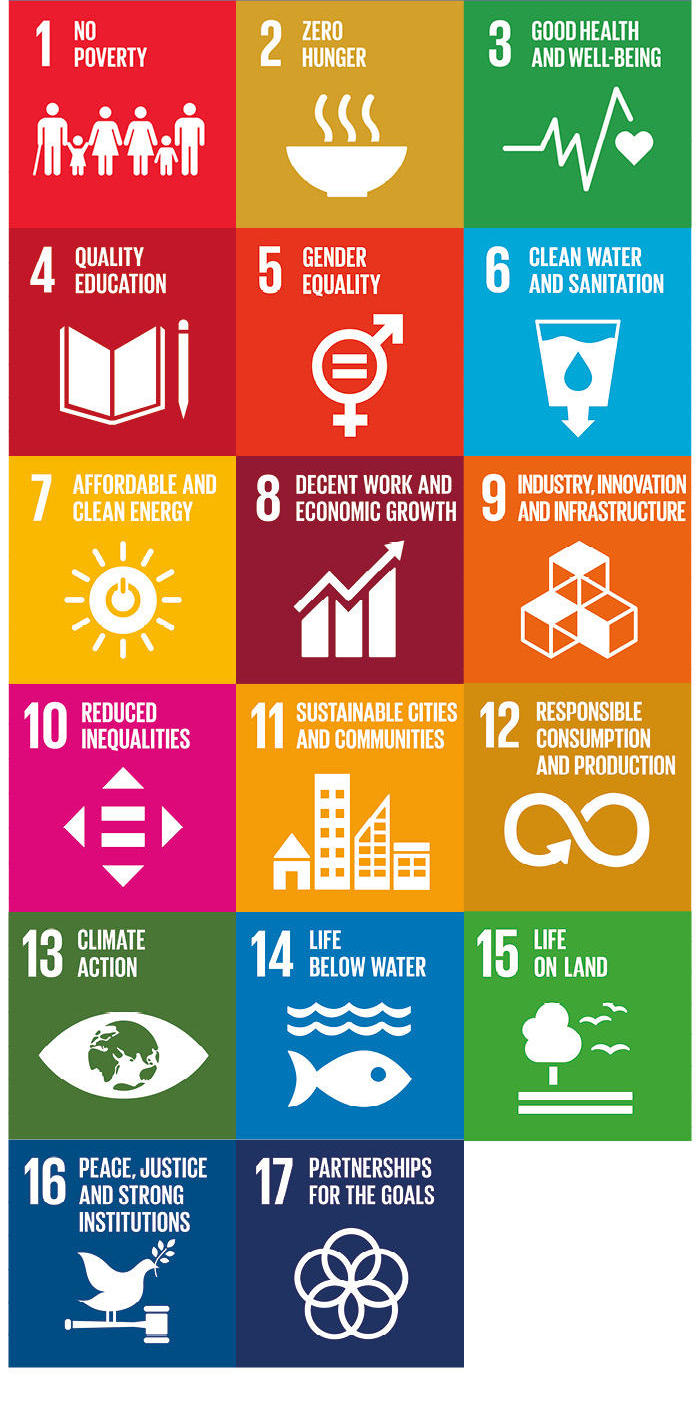
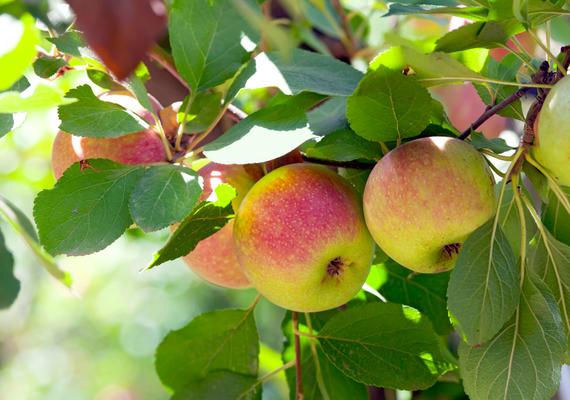
Crab apples
• Scientific name: Malus Parkland and Malus Domestica
• Native to Canada but not the prairies.
• Fruit supports wildlife and can be consumed by humans.
• Crab apples typically begin to grow on the tree in summer and ripen in fall
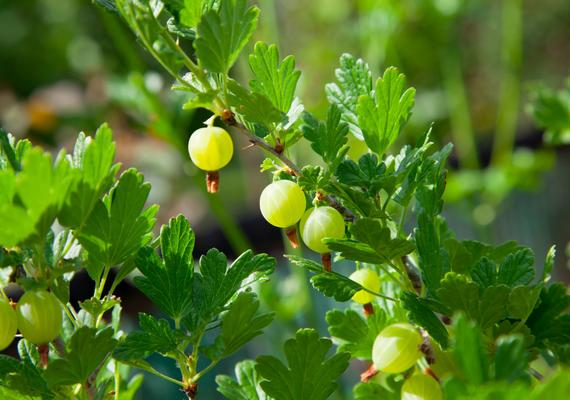
Gooseberries
• Scientific name: Ribes grossularia
• A close relative of a regional native plant with round, juicy, sour/tart berries; often used for preserves
• Watch out for the prickly branches
• Medicinal use for Indigenous cultures
• Round, yellow berries ripen in early summer to early fall
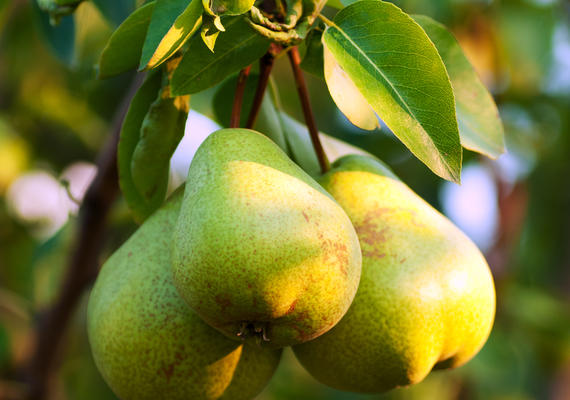
Pears
• Scientific name: Pyrus ussuriensis
• Adapted from Europe and Asia.
• Fruit needs to ripen off of the tree, meaning it should be picked once the skin has changed colour and the fruit is still hard.
• Pears should be ready to pick in August or September
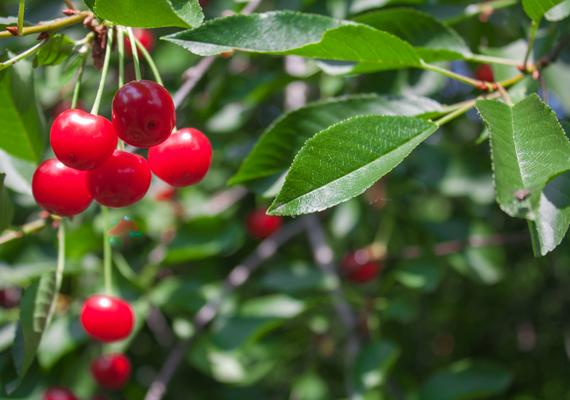
Valentine Cherries
• Scientific name: Prunus x "Valentine"
• An adapted, hardy plant with sour, juicy fruits
• Generally used for preserves and baking
• Highly tolerant of urban pollution
• Mid-spring white flower blooms with round, bright red fruit,
ripen in late summer
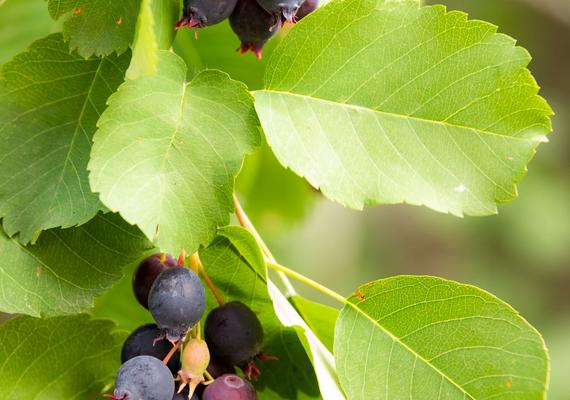
Saskatoon Berries
• Scientific name: Amelanchier alnifolia
• A native plant of the region with sweet berries
• Important for Indigenous cultures: used for ceremonies,
fresh eating, and cooking
• Spring what flower blooms with round, deep purple-blue berries ripen in late spring to early summer
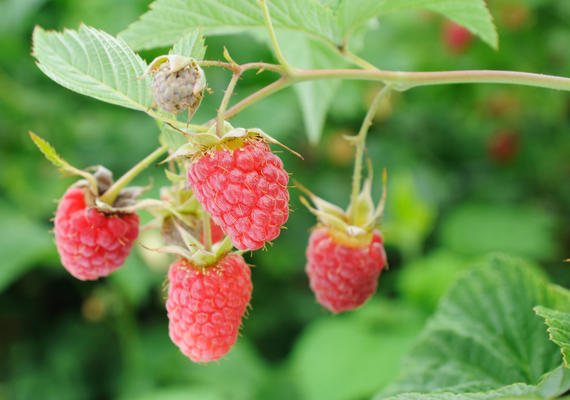
Raspberries
• Scientific name: Rubus idaeus
• While there are some raspberry species native to North America, the red raspberry is adapted from Europe and Asia.
• Raspberries are ready in mid to late summer.
• The fruit is ripe when it is red, and berries on a bush will ripen at different times over the span of a couple of weeks
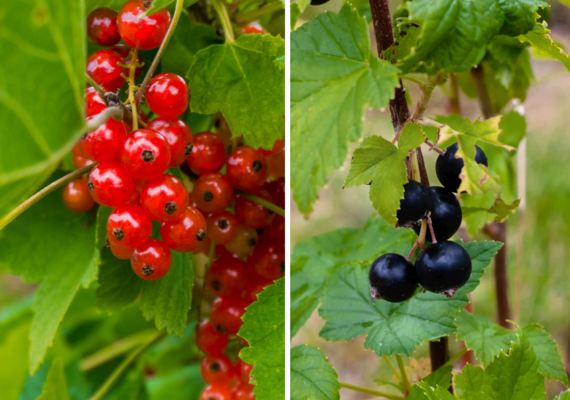
Red & Black Currants
• Scientific Name: Ribes rubrum & Ribes nigrum
• Adapted, productive plants with tart and juicy berries
• High in vitamin C; good for fresh eating, baking, or preserves
• Aromatic; attracts birds and bees
• Clusters of bright red & black/deep-purple berries ripen in early to mid summer
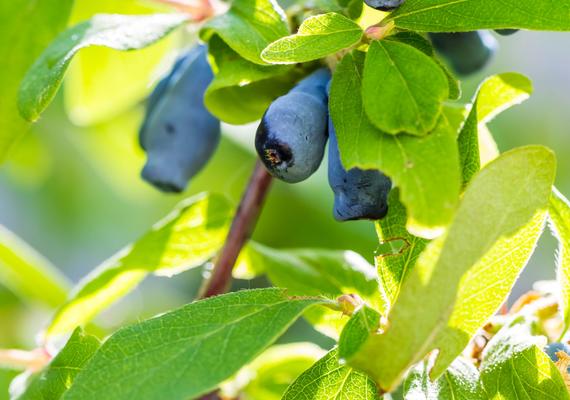
Haskap
• Scientific name: Lonicera caerulea
• An adapted plant with sour berries that have a hint of sweetness
• Depends heavily on pollinator populations to grow
• Attracts butterflies
• Spring white flower blooms with irregular-shaped, lavender-blue berries ripening in late spring to early summer
